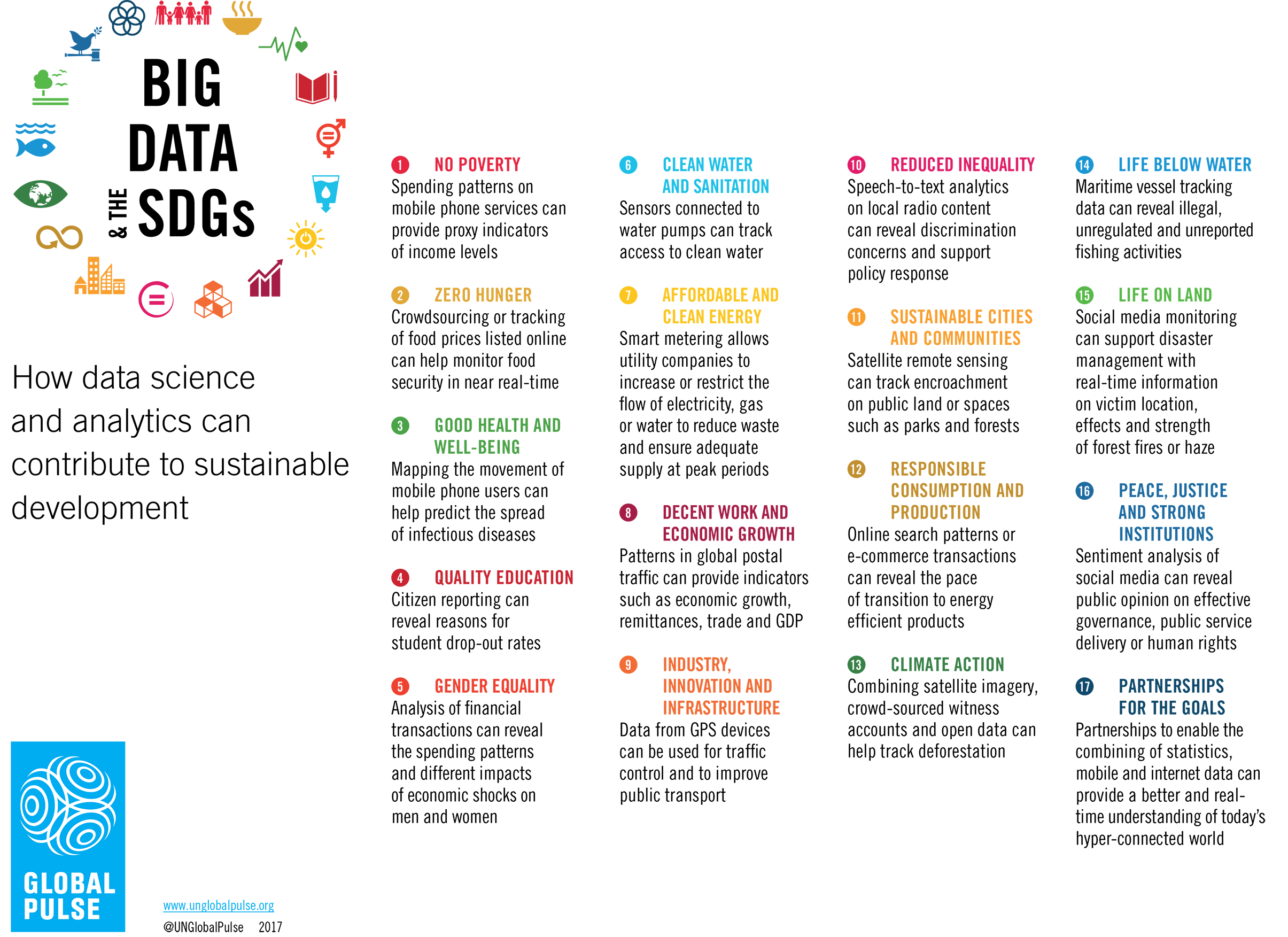Formal and informal learning
Formal refers to well structured, certified, or official in some dictionaries also. Formal learning is formal and institutional education, either off-campus or in-compos. Usually, formal learning implies the traditional, focusing on "providing and creating training programs with specific objectives or goals." (Daniel, 2022) Therefore, we can say that formal learning is an "organized, systematic, and goal-driven learning method within the premises of an area." (Daniel, 2022, para. 2)
On the other hand, informal learning is a casual and natural way of learning or education that could be online or on-campus also. For example, mother-tongue learning is informal learning, but the writing needs a formal learning method.
Pros and cons of formal learning
Using formal learning gives enormous advantages to the institute's well-organized and scheduled framework and structure with clear objectives, step-by-step certified assessments and exams, promises to develop social and teamwork skills, and continuous disciplined self-growth for educators. (Daniel, 2022)
On the other hand, academic stress and pressure lead educators to a bounded study that requires students for daily motivation. Students are self-forced to fall behind in many other critical daily lives and happiness, leading them to self-bully, make unpleasant remarks, and lack confidence in their grades and results. (Daniel, 2022) The high cost of formal education is also another disadvantage of this learning method worldwide.
Pros and cons of informal learning
Informal learning is free from rules and regulations to choose the learning sources and materials. It is highly stress-free to use unlimited research platforms and practices in the domain of a self-defined time-frame.
However, informal learning is undisciplined, which "makes students less immersed in other fruitful learning methods" (Daniel, 2022, p. 3), making students vulnerable to facing well-disciplined people. So, this method causes lower motivation for students.
Regarding comparing formal and informal learning methods, the article says, "Reviewing the meanings of formal and informal learning might help unravel the new possibilities presented by digital technology, towards more seamless learning scenarios. Making sense of technology, in the context of children's education, demands a socio-technical perspective that might contribute to the dialogical approach" (Hayashi, 2013, p. 58)
The article brings up a beautiful comparison and conversation about the impact of today's technology on both formal and informal educators. For example, formal educators still feel informal with all those high-tech social connectivities and videos and electronic libraries, which take students out of formal and put them inside an informal framework.
Informal students in this article are a sub-culture of formal students where they both use the same cloud-based technical information, libraries, and technological artifacts. (Hayashi, 2013)
Note:
You may find this article in my blog. (Nikbin, S., 2022)
Reference
Daniel, C. (2022, January 28). Pros and Cons of Formal & Informal Learning. MTS Blog. Retrieved 2022, from https://mytutorsource.com/blog/pros-and-cons-of-formal-informal-learning/
Hayashi, E. C. S., & Baranauskas, M. C. C. (2013). Affectibility in educational technologies: A socio-technical perspective for design. Educational Technology & Society, 16(1), 57-68.
Nikbin, S., & Profile, V. M. C. (2022d, April 14). Socio-technical perspectives. Blogspot. Retrieved 2022, from https://snikbin.blogspot.com/2022/04/socio-technical-perspectives.html


No comments:
Post a Comment